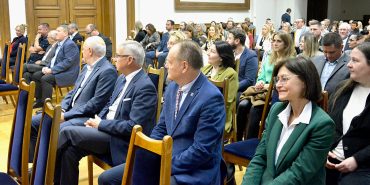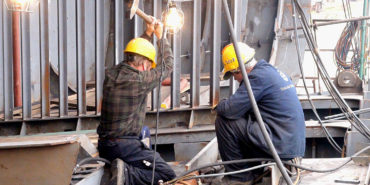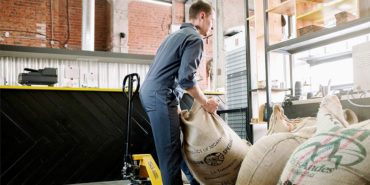How to conduct training in the use of automatic external defibrillators (AED)?
Although the use of an automated defibrillator in the event of sudden cardiac arrest does not require much knowledge, when introducing such equipment in the facility, it is necessary to conduct training for the „alleged” group of users (staff, learners) on the provision of first aid at the level of cardiopulmonary resuscitation. First of all, because in a situation where the defibrillator is used, the person undertaking rescue activities should follow the messages and know the individual activities in the field of first aid and resuscitation.
An important role in such training are exercises on mannequins, which allow you to remember the sequence of conduct and develop specific skills, as well as habits. The training should first concern the procedure of cardiopulmonary resuscitation (CPR) without AED, and then only CPR with the use of a defibrillator. In secondary schools there are currently rescue groups that annually take part in competitions organized at individual levels (district, provincial and national) by the PCK. The scope of knowledge and skills can be extended for these groups by cardiopulmonary resuscitation using AED.
In didactic facilities, you cannot miss the teaching staff, lecturers, vocational training instructors, etc. employed in them. From this group, a team can be selected that will undergo CPR training (including AED) and will periodically renew the acquired and trained skills (e.g. every year, once every two years). Nevertheless, theoretical training, combined with a demonstration on the dummy in the field of CPR, should be passed by everyone. Most manufacturers of rescue equipment also offer AED training defibrillators. They are an excellent tool for preparing the employed staff and users of the facility to provide first aid using AED.
If the size of the CPR training room allows, its equipment for learning in this area should also be mannequins, preferably with the possibility of controlling the correctness of CPR treatments (e.g. in the formof LED indicators). The author’s experience in providing qualified first aid shows that rescue training allows you to overcome fear and gain confidence in the use of specific treatments and medical equipment. Even the best device will not replace a person who should react properly, i.e. make a decision about action, including the use of the „rescue tool” described in the article.
Source CIOP and PIB materials
Source: https://www.seka.pl/jak-przeprowadzic-szkolenie-z-obslugi-aed/

Projekt otrzymał dofinansowanie z Norwegii poprzez Fundusze Norweskie 2014-2021, w ramach programu „Dialog społeczny – godna praca”.





